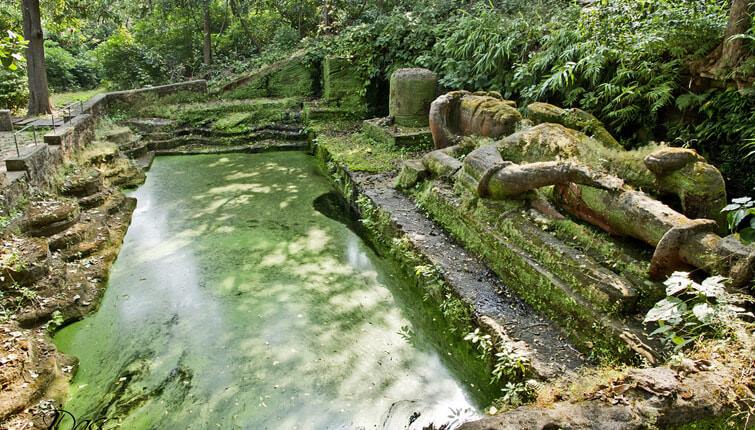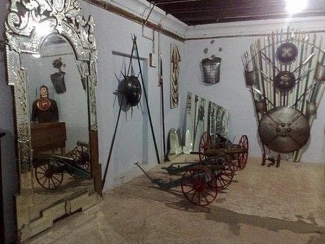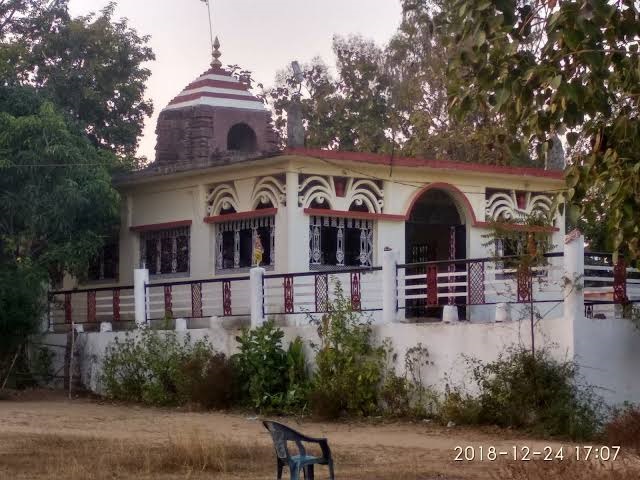Bandhavgarh National Park is home to the Royal Bengal Tiger, it has the highest tiger density in the world. The park is also home to the Chital – spotted deer, Barasingha, Barking deer, Sāmbhar, Sloth Bear, wild Boar, Bison and lately hordes of wild Elephants. The National park is home to number of birds and is a bird watchers paradise.
Bandhavgarh derives its name from the Bandhavgarh fort located within the park. The fort was constructed and gifted by Lord Rama to his brother Lakshman, hence the name Bandhav (brother) – Garh (fort). The Maharaja of Rewa used Bandhavgarh as a Shikargah or game preserve. In 1968 Bandhavgarh forest was declared a National Park and a Tiger Reserve in 1972 under Project Tiger and Wildlife Protection Act.
Core Zone720 sq km, Buffer Zone 850 Sq km
Altitude: 800m above sea level
District Umaria - Madhya Pradesh
Location- Vindhya Mountain Ranges of Central India
Temperature range: 42 degrees to 2 degrees Centigrade
Rainfall 1200mm
The park is open from 1st October each year and closes on 30th June every year. The peak season is from October to March. Tiger sightings are very good throughout the year.

Johila Falls/Cheshpur Water Fall- The Cheshpur Water Fall is natural water in river Johila, situated at a distance of 50 km from Bandhavgarh. An ideal picnic spot, for spending the day in the lap of nature.

Shesh Shaya- this is a marvelous 11 meter long statue of Lord Vishnu in laying position, with umbrella of Shesh Nag, a Shivling and the statue of Lord Brahma are situated near the Fort. The origin of the charan ganga a rivulet flowing down the Bandhavgarh fort is here.

Baghel Museum- The baghel museum is the storehouse where all the personal belongings of Maharaja of Rewa are being kept intact for public viewing. The stuffed body of the first White Tiger is displayed here.

Jwalamukhi Temple 11 km from Bandhavgarh is the temple of goddess Jwalamukhi. It’s a monolith 10 century temple.